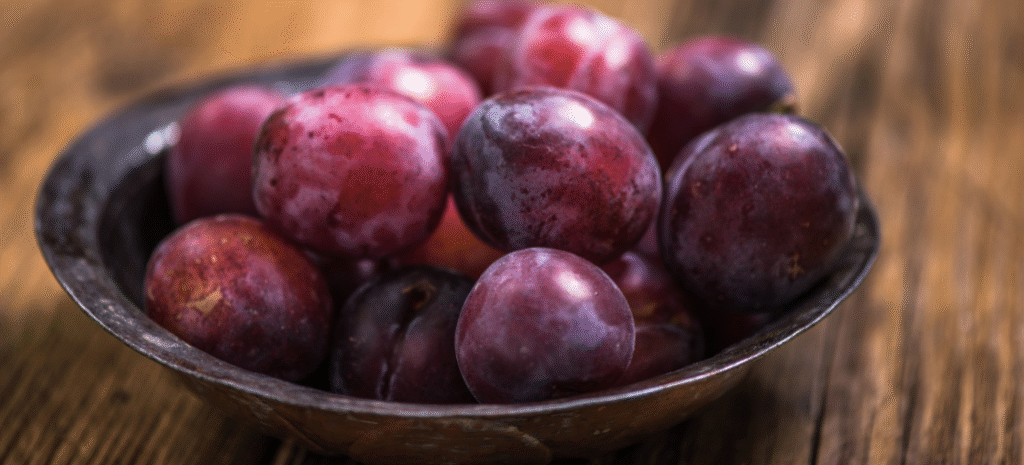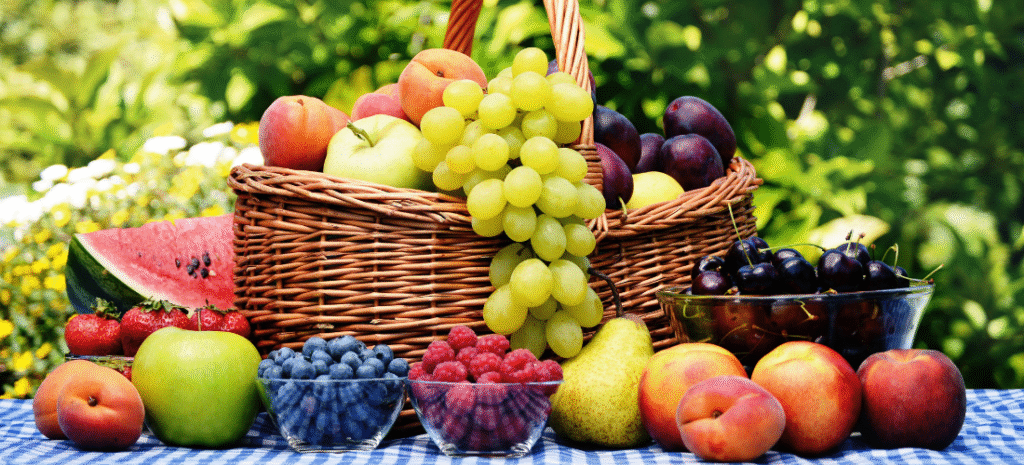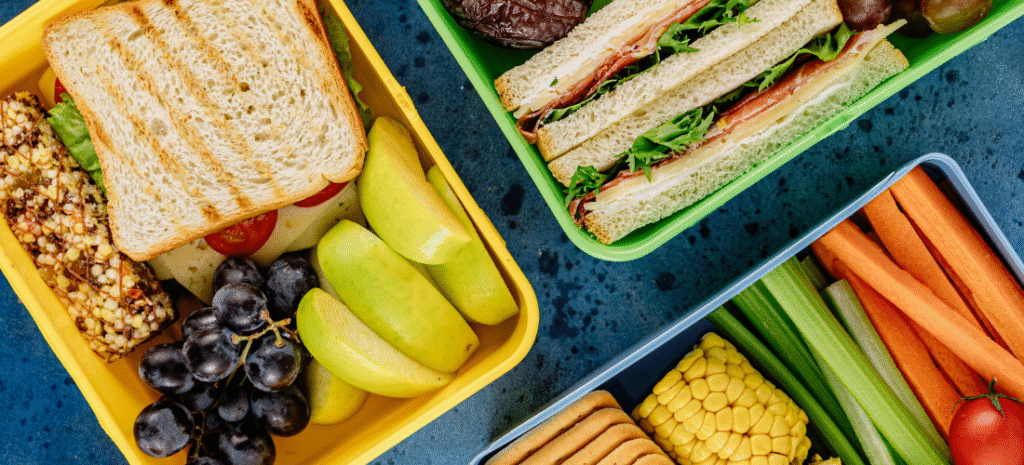Did you know that breaking up lettuces by hand, creating a random breakdown of plant fibers, promotes the action of enzymes that transform folates (vitamin B9) into forms that are more easily absorbed by the intestines? Vitamin B9 is essential not only for protein and DNA synthesis, but also during pregnancy to prevent malformations in the fetus.
Properties and varieties
Lettuces, composed of more than
- Plain (or baby) lettuce: the most common, with a mild flavor.
- Romaine lettuce (or spadona): elongated leaves with strong ribs and prominent veins.
- Gentle lettuce: with wavy, green or reddish leaves.
- Iceberg: very compact, crisp, sweet-tasting and light in color.
- Butterhead lettuce: similar to iceberg but with lighter, crisper leaves.
How to consume it
Consumed raw, lettuce keeps its vitamin content intact, but it is also excellent cooked. Even the Romans appreciated it both in salads and stewed or cooked with oil and vinegar. You can use it to enrich mixed salads, add it to sandwiches or piadinas, or as a base for colorful grain bowls.
In cooked versions, try lettuce in soups, sautéed with olive oil, garlic and a pinch of pepper, or baked au gratin with cheese and breadcrumbs-a real light and tasty comfort food!
Conclusions
Lettuces are a versatile ingredient that brings freshness, crunch and important nutrients to your daily dishes. Experiment with different varieties and preparations to make every meal healthier and tastier!
by dietitian Alessandra Zanini
SOURCES:
- https://smartfood.ieo.it/
- CREA – Food composition tables
- Folate intake and pancreatic cancer risk: an overall and dose-response meta-analysis – H L Lin, Q Z An, Q Z Wang, C X Liu –
- PMID: 23769243



